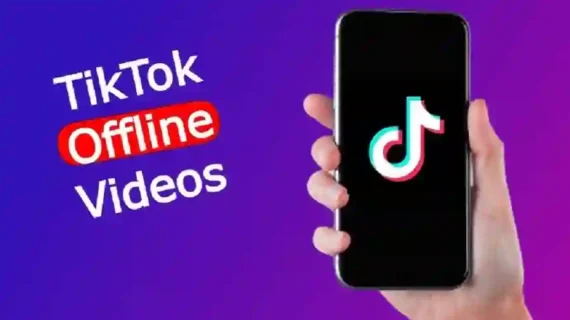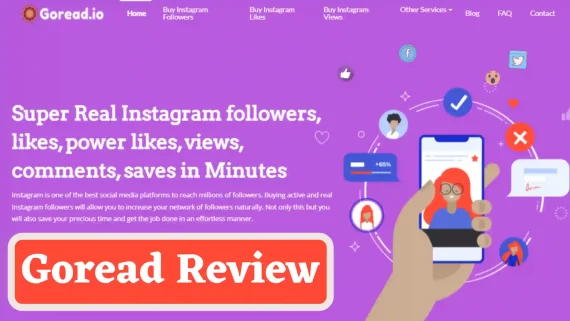In today’s digital landscape, the mobile era has transformed the way people access and interact with social media platforms, including Facebook. With a significant portion of users accessing Facebook through smartphones and mobile devices, understanding how to navigate and optimize engagement on this platform is paramount for businesses and content creators. In this article, we’ll explore the importance of mobile engagement on Facebook and provide strategies for effectively reaching and connecting with the mobile audience.
The Significance of Mobile Engagement
Mobile engagement on Facebook holds immense significance due to the following reasons:
1. Mobile Dominance:
A large percentage of Facebook users primarily access the platform through their smartphones. Ignoring this mobile audience means missing out on a significant portion of potential engagement.
2. On-the-Go Accessibility:
Mobile users can access Facebook anytime and anywhere, enabling them to engage with content while commuting, waiting, or during short breaks. This constant accessibility increases the chances of capturing their attention.
3. Visual Appeal:
Smartphones offer high-quality displays that enhance the visual appeal of content. Visual content, such as images and videos, tends to perform exceptionally well on mobile devices, making it crucial for engagement strategies.
4. App-Centric Experience:
Facebook’s mobile app provides a streamlined and convenient experience for users. It offers features like notifications and easy sharing, fostering increased engagement.
Strategies for Navigating Mobile Engagement on Facebook
To effectively engage with the mobile audience on Facebook, consider implementing the following strategies:
1. Mobile-Friendly Content:
Craft content that is mobile-friendly. Ensure that images and videos are optimized for smaller screens and load quickly. Use responsive design elements for any linked web pages.
2. Visual Storytelling:
Leverage the power of visual storytelling. Share eye-catching images, videos, and graphics that resonate with your audience’s interests and emotions. Utilize features like Facebook Stories to engage mobile users with temporary, immersive content.
3. Short and Snappy:
Mobile users often consume content in short bursts. Create concise and attention-grabbing captions and headlines that deliver the message quickly. Use bulleted lists and subheadings for easy scanning.
4. Live Streaming:
Live streaming can be a powerful tool for mobile engagement. Host live events, Q&A sessions, or product launches to connect with your audience in real-time. Live streams generate instant notifications and encourage immediate interaction.
5. Mobile-First Advertising:
When running Facebook ads, prioritize mobile users. Design ad creatives and landing pages with mobile devices in mind. Utilize Facebook’s mobile ad formats, such as carousel ads and mobile-optimized video ads.
6. Timing Matters:
Consider the timing of your posts. Understand your mobile audience’s daily routines and habits. For example, posting during commute hours or lunch breaks can help capture mobile users’ attention.
7. Engage with Mobile Features:
Interact with your audience using mobile-centric features like Facebook Messenger and comments. Promptly respond to messages and engage in conversations to build rapport and trust.
8. Monitor Analytics:
Regularly analyze the performance of your mobile content using Facebook Insights. Identify what types of content and posting times resonate most with your mobile audience, and adapt your strategy accordingly.
Industry-Specific Considerations
Mobile engagement strategies can vary based on your industry and target audience. Here are some industry-specific considerations:
1. E-commerce and Retail:
Optimize product images and descriptions for mobile shopping. Utilize Facebook Shops and product tagging features to facilitate mobile purchasing.
2. B2B and Professional Services:
Mobile users in the professional world often engage during commuting hours or between meetings. Tailor your content to address their needs and interests during these times.
3. Food and Beverage:
Leverage visual content to showcase food and beverage offerings. Highlight daily specials, promotions, and mouthwatering visuals to entice mobile users.
4. Travel and Hospitality:
Mobile users frequently research and book travel-related services. Ensure your content is mobile-responsive, and utilize Facebook’s travel ad formats to target potential travelers effectively.
The Role of Scheduling Tools
To streamline your mobile engagement strategy, consider using scheduling tools or social media management platforms. These tools allow you to plan and schedule your content in advance, ensuring that your posts are published at times that maximize mobile reach, even when you’re not online.
Consistency and Adaptation
Consistency in your mobile engagement strategy is vital, but adaptation is equally important. Stay informed about changes in user behavior, platform updates, and emerging mobile trends. Be prepared to adjust your content and engagement strategies as needed to remain relevant and effective in the mobile era.
Conclusion
Navigating Facebook engagement in the mobile era requires a deep understanding of your mobile audience’s preferences and habits. By creating mobile-friendly content, prioritizing visual storytelling, and utilizing mobile-centric features, you can effectively connect with users on their smartphones and foster engagement.
Remember that mobile engagement is not a one-size-fits-all approach. Tailor your strategies to align with your industry and target audience, monitor performance, and remain adaptable to changing trends. With a well-crafted mobile engagement strategy, you can tap into the vast potential of the mobile audience on Facebook and strengthen your brand’s online presence.




